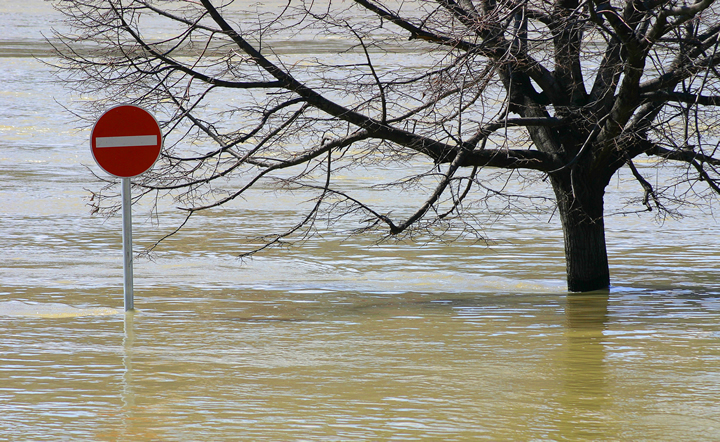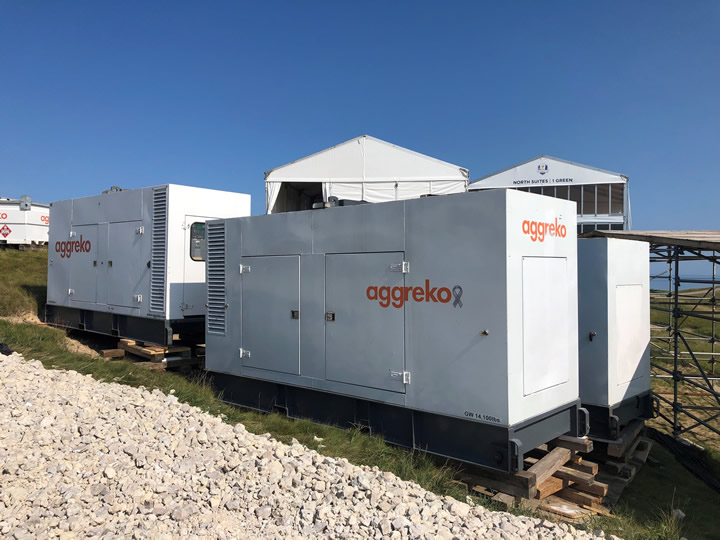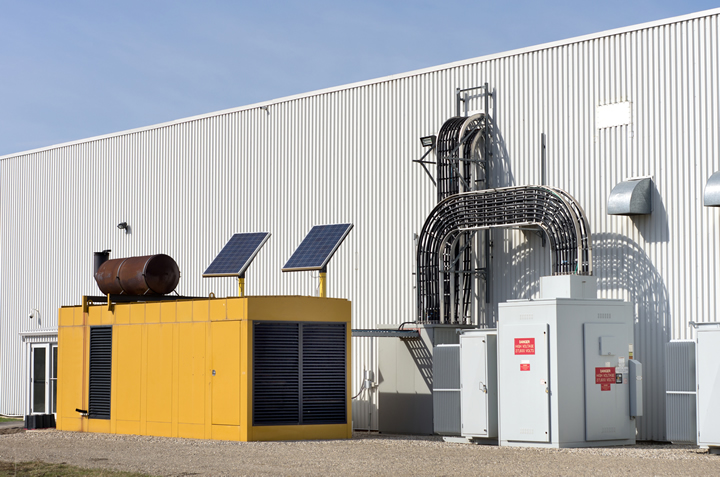Do We Need New Infrastructure for Renewables to Be Effective in Emergencies?
As renewable energy becomes more popular, many people wonder if the existing infrastructure is good enough to keep those power sources running smoothly during emergencies.
Renewable Energy Becoming the Norm for Emergency Power
Renewable energy is becoming increasingly widespread throughout many parts of the United States and the world. However, a relatively newer trend involves people using it for backup power during emergencies. Here's a closer look at the possibilities and use cases.
How batteries and solar are keeping major events sustainable
One of the most effective ways to dramatically reduce an event's carbon footprint is to look at how it is powered. Thanks to readily available portable systems, there are a range of power solutions that can make major events more sustainable.
Solar Creating Resilience in Disaster-Hit Areas
Environmental engineers developed a solar storage system, creating an abundant energy supply before a storm hits. Instead of directly transferring electricity to local homes, the technology stores energy in shipping containers as green hydrogen.
Remote Power Aids Mountain Rescue in Georgia
Equipment for the installation was delivered by helicopter on three flights - owing to space and weight limitations. Two engineers accompanied the cargo, and their work was assisted by local staff.
Which Renewable Energy Source Has the Most Global Growth?
Today's energy system came into existence around 1900 due to the many inventions of the time, such as the move away from horse-drawn carriages and gas lamps to cars and electric lights. Now, we have the potential to make the next major change away from fossil fuels.
Business Perspectives and the Impacts of COVID-19 - Q&A with SolarEdge
SolarEdge Technologies shares with us its thoughts on how they are managing through the pandemic as well as insights into what the future holds with manufacturing and the solar supply chain.
Designing Solar Arrays for Extreme Weather
After a storm like Michael or Florence, it may take weeks or months to fully restore electricity. Solar and energy storage technologies can help address immediate, short-term needs while building a resilient electricity grid for the future.
How to Beat the Heat (waves)
No matter what the extreme weather situation is, strain on the grid is increasing. In general, it matters less these days to a utility how much energy is needed; more important is when and where energy needs to be distributed.
Renewable Energy's Role in Emergency Restoration
Larger grids make more sense in places that have more landmass, like continents. But even they can benefit from the concept of adding in microgrids to help supply power during blackouts, which is pretty much the entire concept of a microgrid.
Records 1 to 10 of 10
Featured Product

MORNINGSTAR - GenStar MPPT
GenStar MPPT is the industry's first fully integrated solar DC charging system, an all-new design with "lithium DNA" from the leader in charge controllers. Out of the box, GenStar is an overachiever-delivering legendary Morningstar quality, efficiency, power and reliability along with the latest in advanced communications and control technologies. All the most installer-requested features are on-board; additional features can be easily added via Morningstar's ReadyBlock expansion technology, with snap-in blocks that provide battery metering and monitoring, signaling and load control, and lithium battery communications/control










